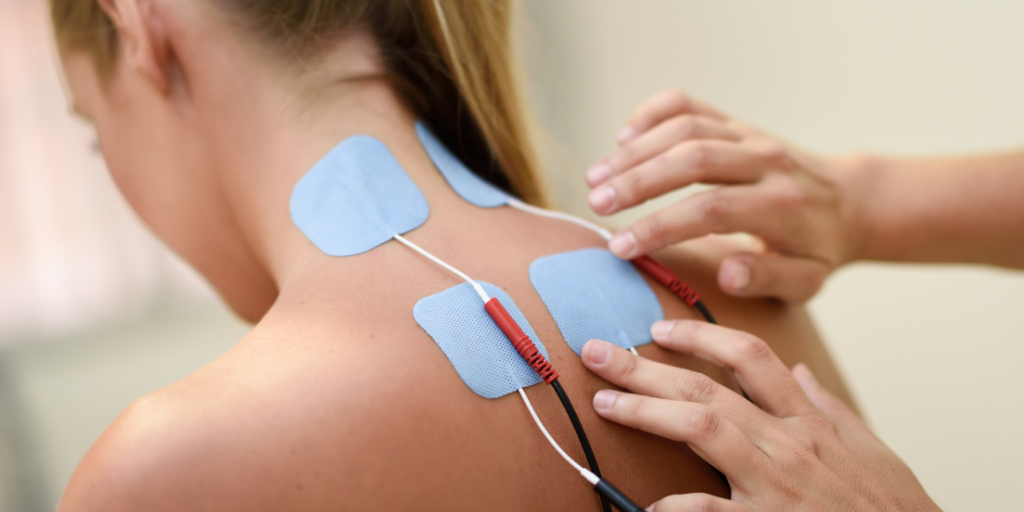- +1.888.528.8757
- office@doctorspreferredhhc.com
- Monday – Friday 9 AM – 5 PM
With age, significant changes occur in the human body: the regulatory role of the central nervous system is significantly reduced, the “mobility” of nervous processes decreases, cortical-subcortical relationships change, etc.
Hence, the use of physical methods for therapeutic and preventive purposes has a stimulating effect on all major body systems, increases the defenses and adaptive capabilities of an aging organism.

It should also be taken into account that the inept use of physical factors can lead to exacerbation of the disease and negatively affect the state of health. The effectiveness of treatment often depends on the choice of the optimal dose of the physical factor, the method of performing the procedure. Before prescribing physiotherapy, it is necessary to completely exclude oncological and other diseases that are an absolute contraindication.
For elderly patients, physiotherapy is especially useful. A person undergoing such procedures becomes more active and cheerful. Moreover, some types of treatment allow you to fight ailments without serious physical interventions. Nevertheless, specialists practicing physiotherapy should take into account several factors when working with age-related patients.
The plan of procedures for the elderly is signed taking into account several factors:
Because of this, physiotherapy procedures are carried out by specialists using gentle methods. It is especially important to adhere to the approach at the beginning of treatment to track the individual tolerance of the patient’s body to therapy. The adjustment of the plan concerns both the time of the procedures and the dosimetric parameters.
The duration and intensity of exposure to an elderly body should be less than when working with young people. Procedures are prescribed every other day, and only some local effects are carried out daily (with an adequate reaction of the body to treatment).

Complex treatment is used for both elderly and senile patients. Reducing the reserve capacity allows you to apply no more than two types of procedures in turn. In rare cases, one of the types of exposure may be of a general-purpose nature. Such a decision is made by a doctor based on diagnostic data.
An aging organism becomes susceptible to the occurrence of several pathologies at once, which must be taken into account when planning procedures. The doctor is forced to choose the underlying disease, on which the main physiotherapeutic factor depends. Including other procedures in the process, it is necessary to take into account concomitant ailments, some of which cannot be treated with physiotherapeutic methods. As a result, the therapy plan includes a set of techniques, each of which is indicated and useful for an elderly patient.
The main danger is oncological diseases, which are contraindicated to be treated in this way. Doctors need to take special oncological care not to harm the ward!
Age-related changes have a special effect on the human skin. Because of this, doctors use a number of the following physiotherapy procedures with caution:
To protect the skin, specialists reduce the dosage of certain drugs. During electrophoresis, thicker pads are used to expose the tissues to irritating factors less. After the end of the procedures, the areas of exposure are treated with a solution of glycerin with water or baby cream.

After the therapy has been completed, the elderly patient needs to rest for 1-1.5 hours. The reasons for this are the weakening of compensatory and adaptive processes, as well as the imperfection of the regulation of the age-related organism.
Endogenous vitamin deficiency is a factor that should be taken into account without fail when it comes to developing a physiotherapy treatment plan. An elderly body is worse at assimilating useful substances coming from food and pharmacy preparations.
Several therapies can cause vitamin deficiency with prolonged use. This includes mud therapy, balneotherapy, and phototherapy(the types are the main ones, but not the only ones). The reason for this effect is the stimulation of vitamin metabolism. Based on this, vitamin therapy becomes a mandatory background of physiotherapy for elderly or elderly patients.
Physical therapy is a very important aspect of aging. It may help to prevent further difficulties connected with overall health. However, physical activity and its ways of implementation should be done only after consulting a doctor. There may be some factors that disable physiotherapy for an individual.